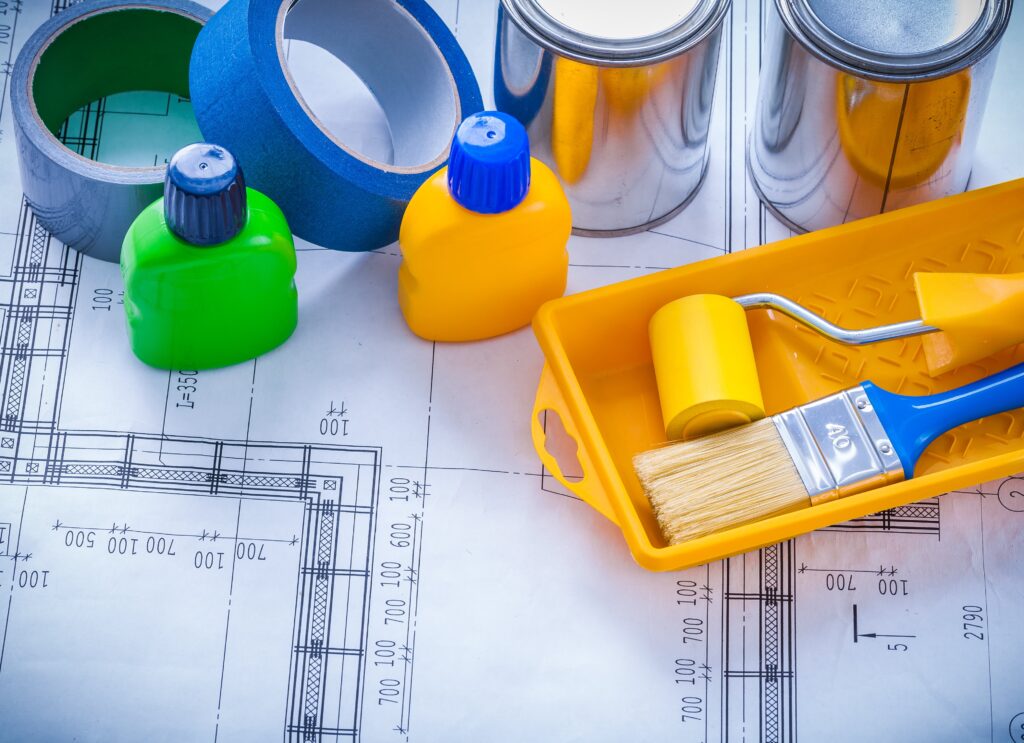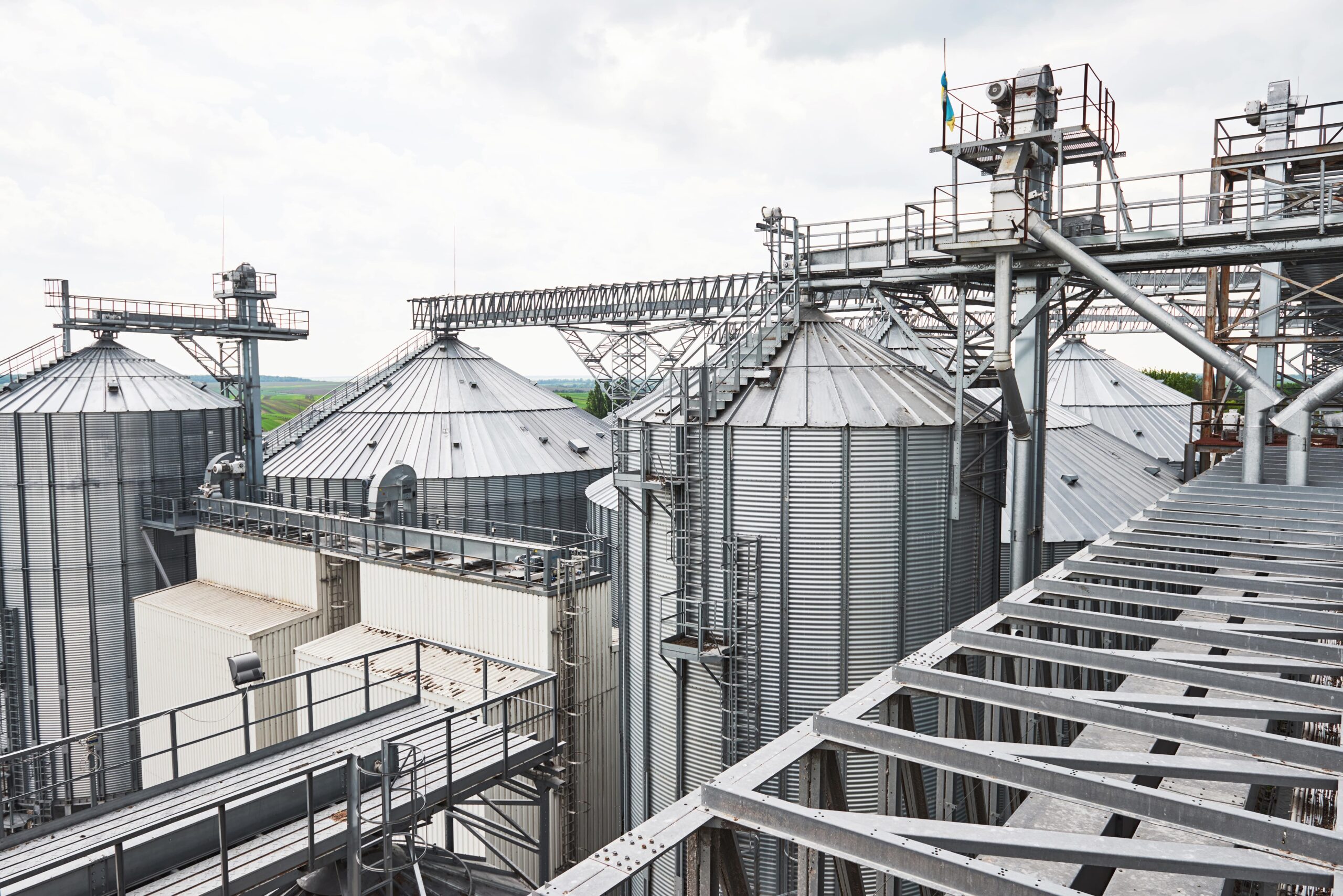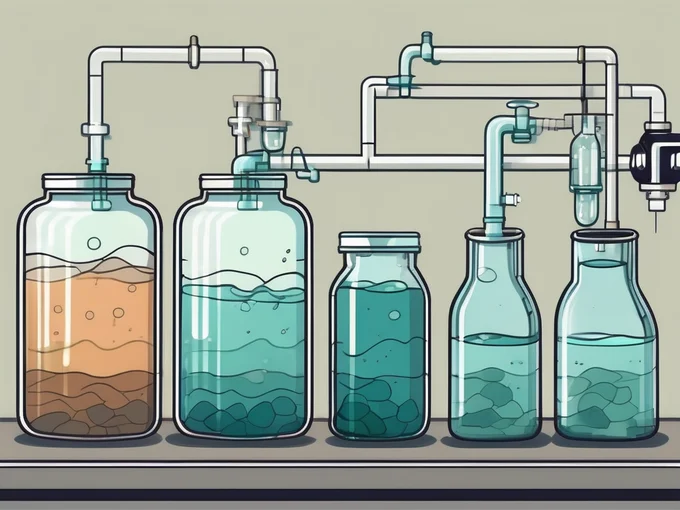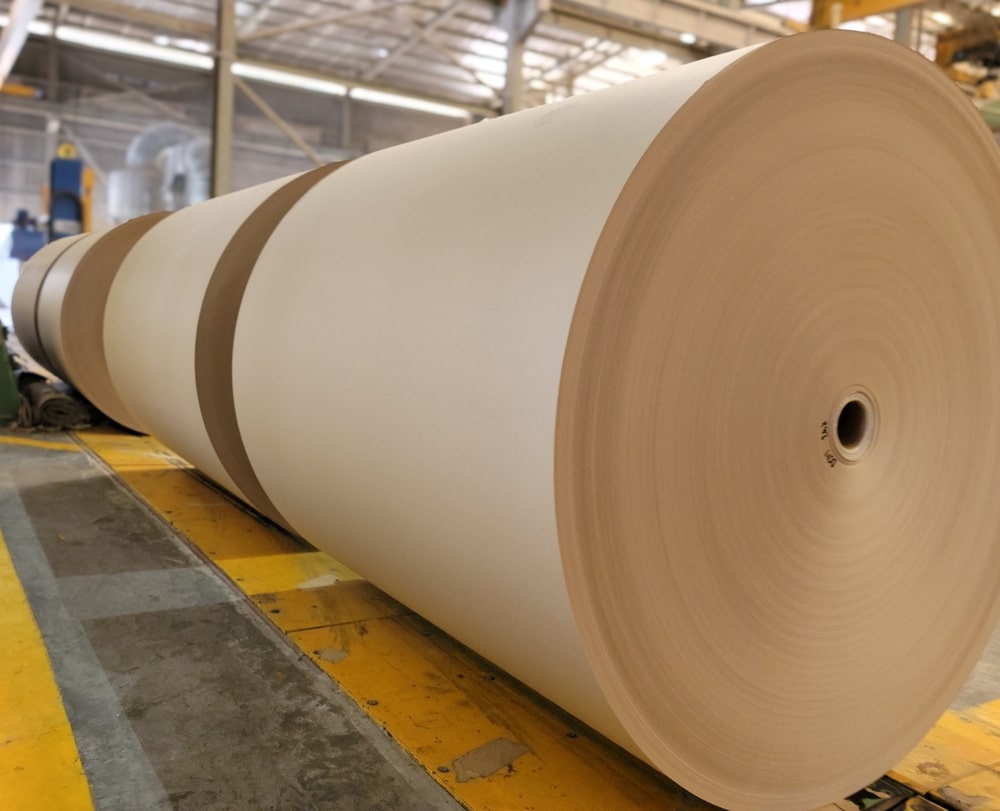chemical admixtures is One of the most important questions for interested parties in the construction field Therefore, we will address this topic and answer the most important questions regarding chemical admixtures.
Table of Contents
An admixture is a material other than water , aggregates , cementitious materials and fiber reinforcement used as an ingredient in concrete or mortar and added to the batch immediately before or during its mixing. chemical admixtures are typically used in liquid form and in relatively small amounts compared to the other ingredients used in concrete.
Admixtures are used to improve the properties of fresh and hardened concrete,and are frequently the only or most economical way to do so admixtures can reduce the total in-place cost of concrete construction by shortening the construction cycle and extending the service life of concrete.
In fresh concrete,admixtures are used to:
- Increase workability without adding water
- Reduce the mixing water and (w/cm) of concrete
- Accelerate setting time
- Retard setting time
- Reduce bleeding
- Control cement hydration
- Compensate for slump loss
- Improve pumpability
- Reduce segregation
- Improve finishability

In hardened concrete, chemical admixtures are used to:
- Intrain air for freeze-thaw durability
- Increase the early-age strength
- Increase the ultimate potential strength
- Decrease the concretes permeability
- Reduce the potential for corrosion of reinforcing steel
- Reduce the heat of hydration
- Reduce drying shrinkage
- Reduce the expansion produced by the alkali-aggregate reaction
- Increase concretes resistance to the environmental, especially to freezing and thawing cycles and exposure to harmful chemicals
Admixtures are used in most concrete mixtures today.In many cases,the required concrete characteristic cannot be achieved without the use of admixtures.In other cases, the use of admixtures helps with the engineering of a concrete mixture to optimize it for the desired performance while doing it economically. High performance and high strength concrete mixtures would not be possible without the use of chemical admixtures. Admixtures can help reduce placement and labor costs to the contractor and in some cases where first cost might be increased , the life cycle cost of the concrete structure can be significantly reduced.
Admixtures should be used with care. In some instances due to the inherent chemistry of the ingredient materials in concrete, interactions between cementitious materials and admixtures can cause undesirable results and performance. Admixtures have to be used according to manufacturer’s recommendations as relatively small changes to the target dosages can cause considerably different and undesirable effects to fresh and hardened concrete properties.
Therefore, it is very important after knowing the purpose of chemical admixtures to see Specifications and types of admixtures..
Specifications for chemical admixtures provide the basic requirements when these materials are used in concrete. The admixtures are tasted in concrete mixtures under standard conditions to ensure that they do not cause any adverse effect to concrete and actually perform the property or benefit for which they are marketed. The specifications cover basic tests that the producer and purchaser can perform to evaluate the product and requirements for uniformity from lot to lot. There are the following specifications and classifications for chemical admixtures.
WHAT ARE ASTM C494 Chemical Admixtures ?
Type A : Water reducing
Type B : Retarding
Type C : Accelerating
Type D : Water reducing and retarding
Type E : Water reducing and accelerating
Type F : High range water reducing (HRWR)
Type G : HRWR and retarding
Type S : Specific performance admixture
-ASTM C 1017 Admixtures for use in producing flowing concrete
- Type I : Plasticizing
- Type II : Plasticizing and Retarding
-ASTM C 260 Air Entraining Admixtures
-ASTM D 98 Calcium Chloride
After addressing the most important points of chemical admixtures, we can now list the beneficial uses of Admixtures..
Typical use of admixture is to control and improve quality of concrete such as :
- Water reducer to improve strength and cement efficiency (or equal strength at lower cement content)
- Retards to extend the setting time especially for hot weather concreting
- Accelerators to reduce cold weather protection needs
- Accelerators to reduce cycle time (finishing,from removal and stressing of prestressed tendons)
- Mid-range water reducing to increase finishability at higher slumps and reduced rate of slump loss
- High range water reducing to avoid segregation in high slump applications
- High range water reducing to reduce labor cost and pump placement
- High range water reducing for structural flowable concrete (self compacting concrete)
- High range water reducing to avoid site added water that may cause segregation and lower strength
- High range water reducing for high strength concrete
- High range water reducing for placing concrete in congested area
- Silica fume for altar-high strength concrete
- Silica fume for denser concrete and resist aggressive chemical attack
- Corrosion inhibitors to protect against corrosion destruction
- Mixed corrosion inhibitor system for extreme corrosion resistance
- Extended set admixtures for wash-out and recycling concrete
Those benefits help improve the construction process and add properties that can enhance concrete characteristics. In the upcoming articles, we will outline the classifications of chemical admixtures in detail to learn more about each type
conclusion
In this article, we discussed the purpose of using chemical admixtures, the effect of their use on fresh and hardened concrete,Specifications and types of admixtures and the beneficial uses of Admixtures..




